-

下载亿题库APP
-
联系电话:400-660-1360

下载亿题库APP
联系电话:400-660-1360

请谨慎保管和记忆你的密码,以免泄露和丢失

请谨慎保管和记忆你的密码,以免泄露和丢失
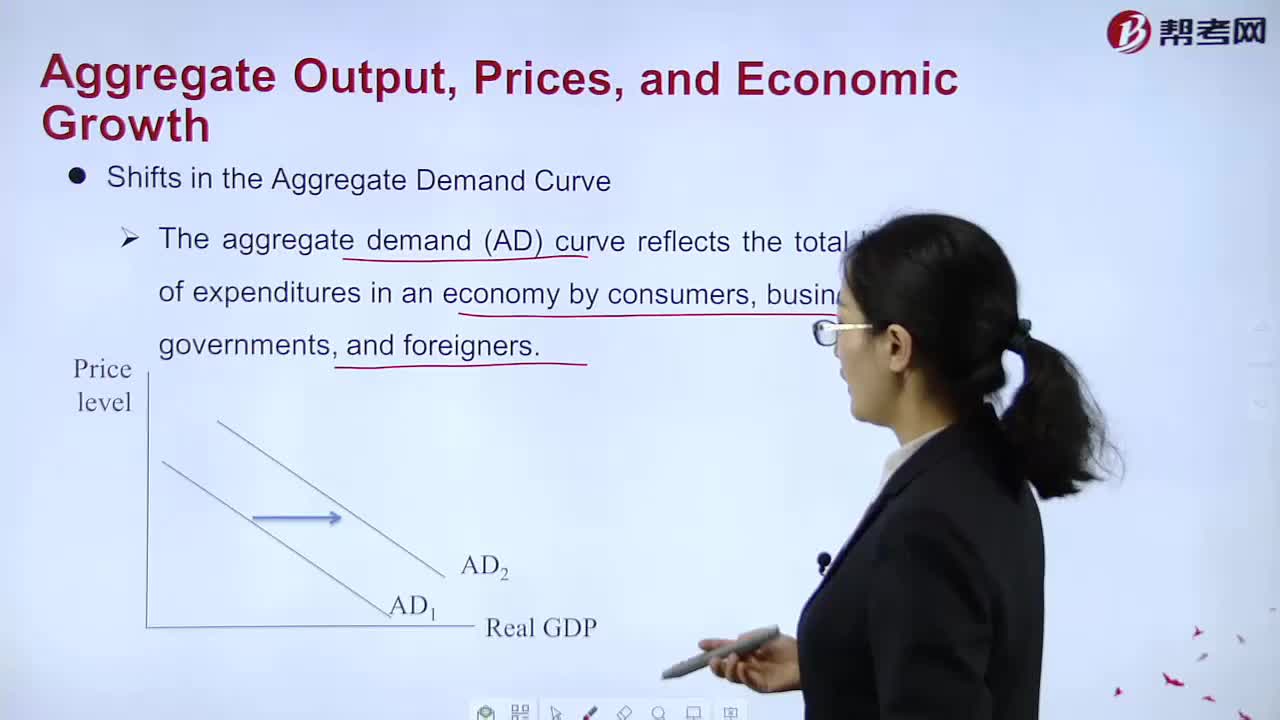
How to master Shifts in the Aggregate Demand Curve?
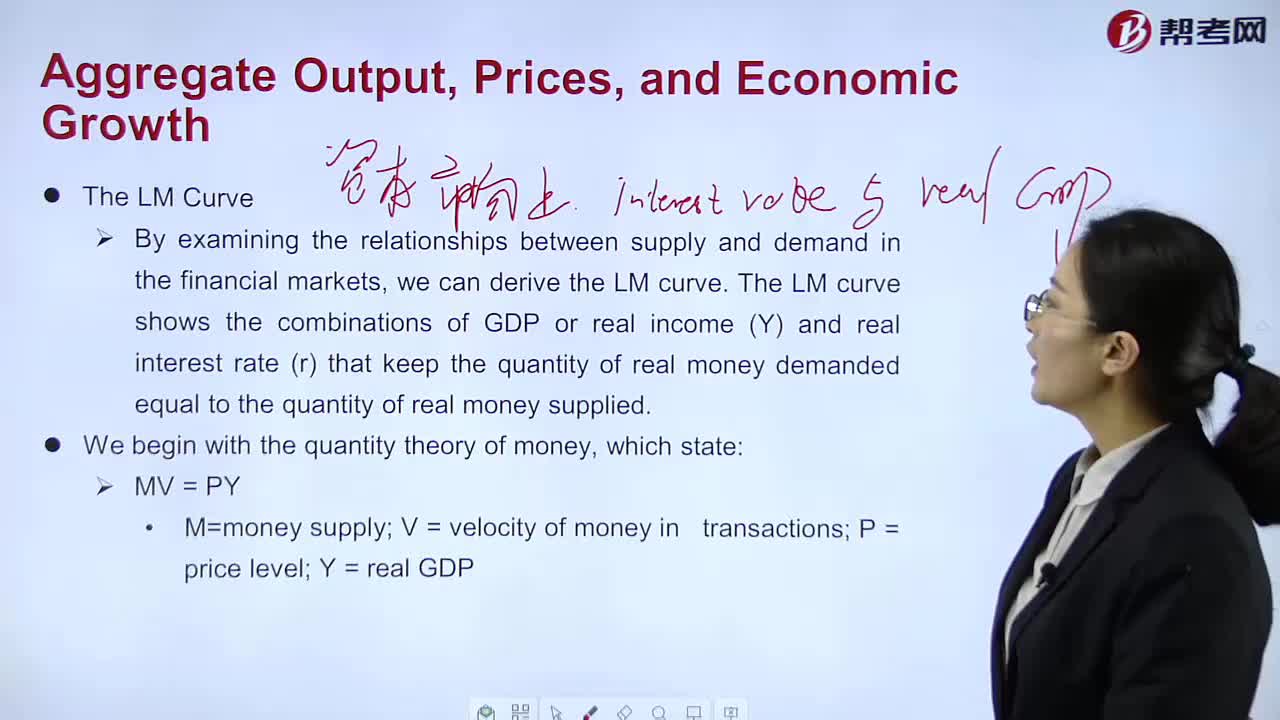
How to understand Aggregate Demand, Aggregate Supply, and Equilibrium(2)?
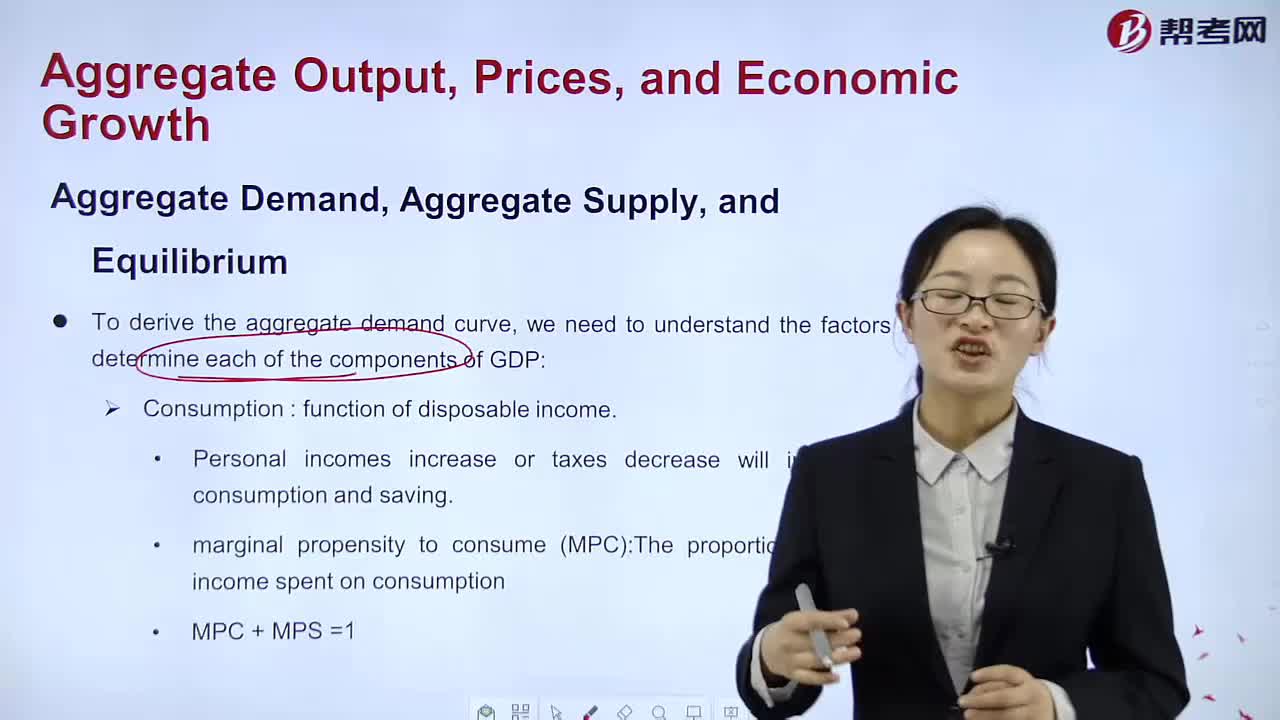
How to master Aggregate Demand, Aggregate Supply, and Equilibrium(1)?
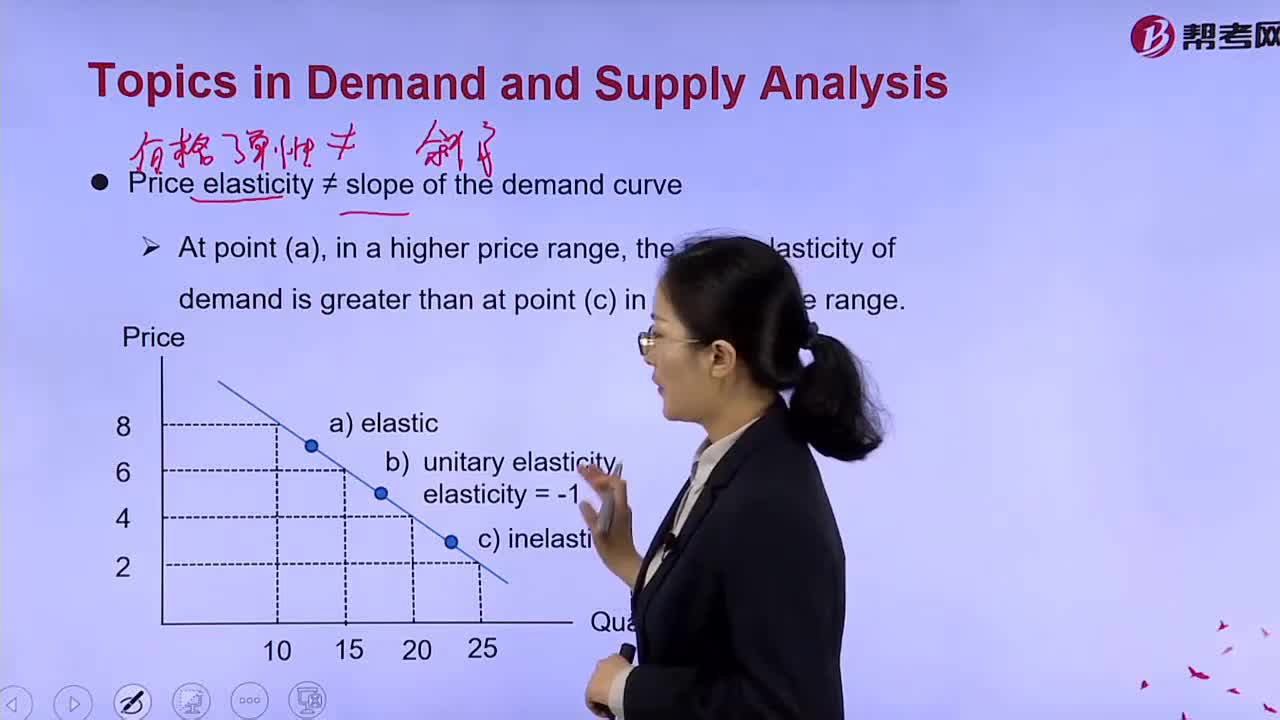
What's the meaning of Price elasticity ≠ slope of the demand curve?
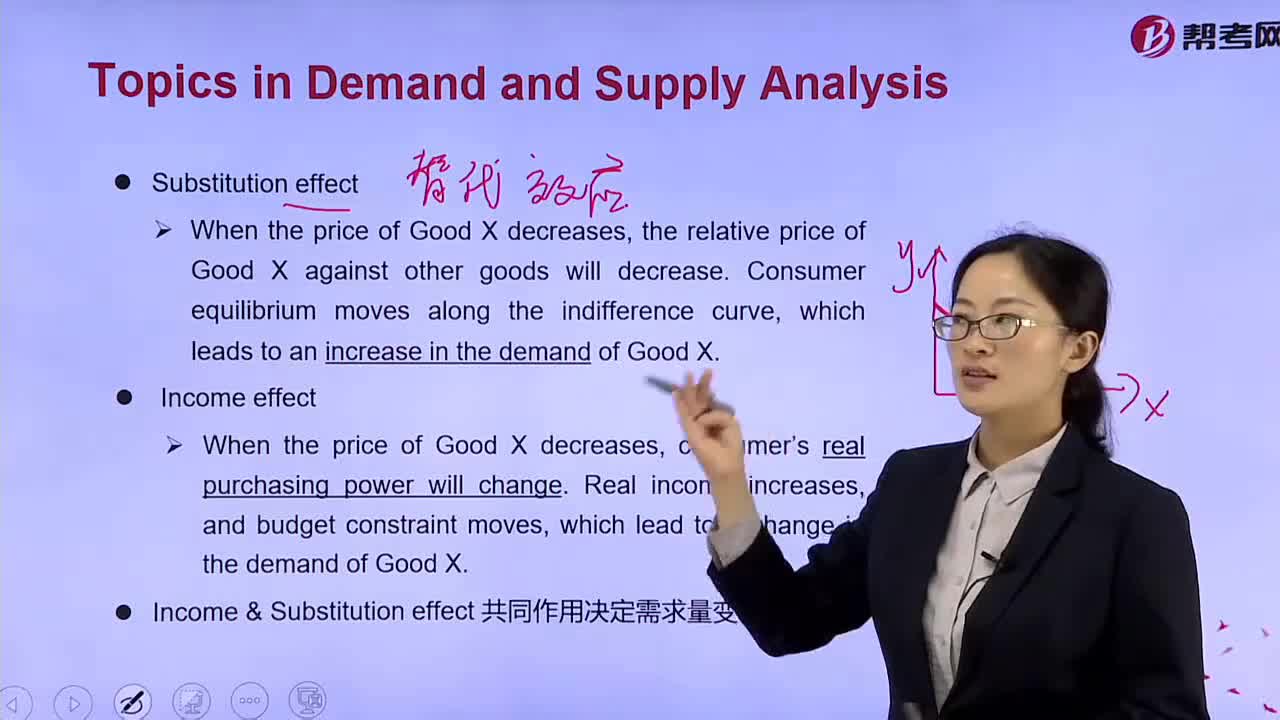
What's the meaning of Economics-Substitution effect?

Monopolistic competition?

How to manage the client in the project?
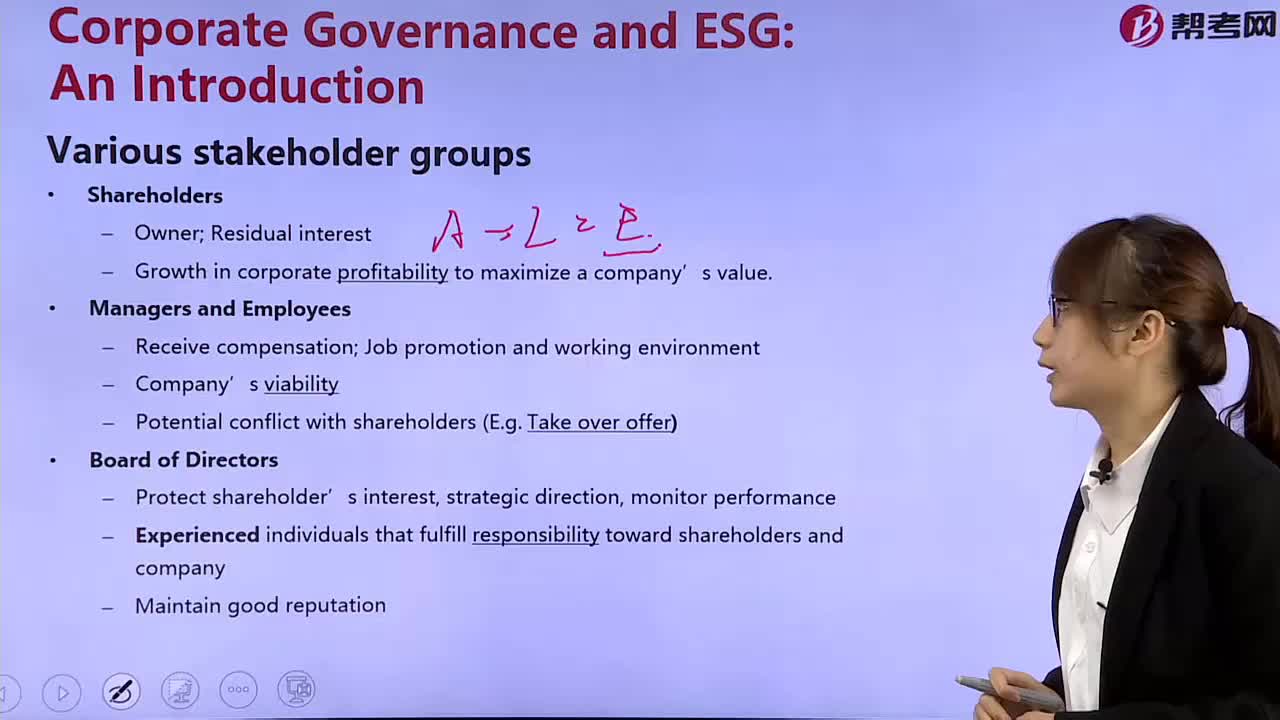
What are the different stakeholders in the company?

What's in the Behavioral finance?
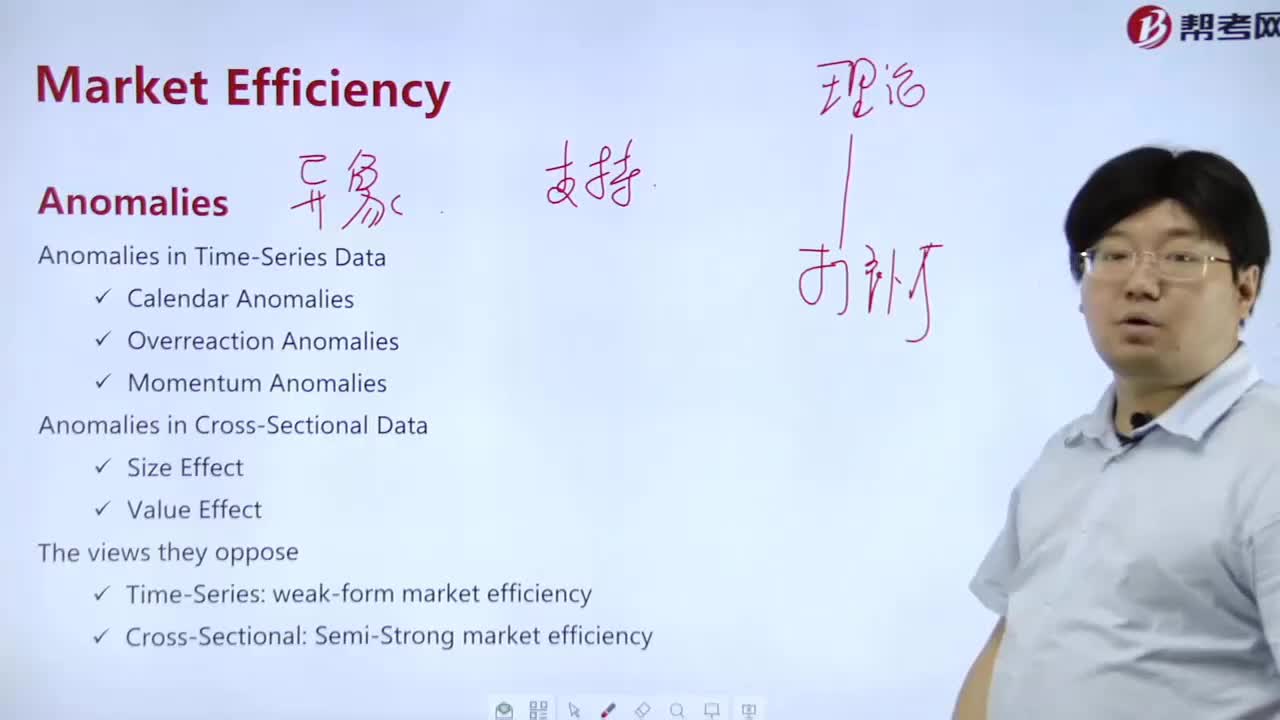
What are the anomalies in the time series data?
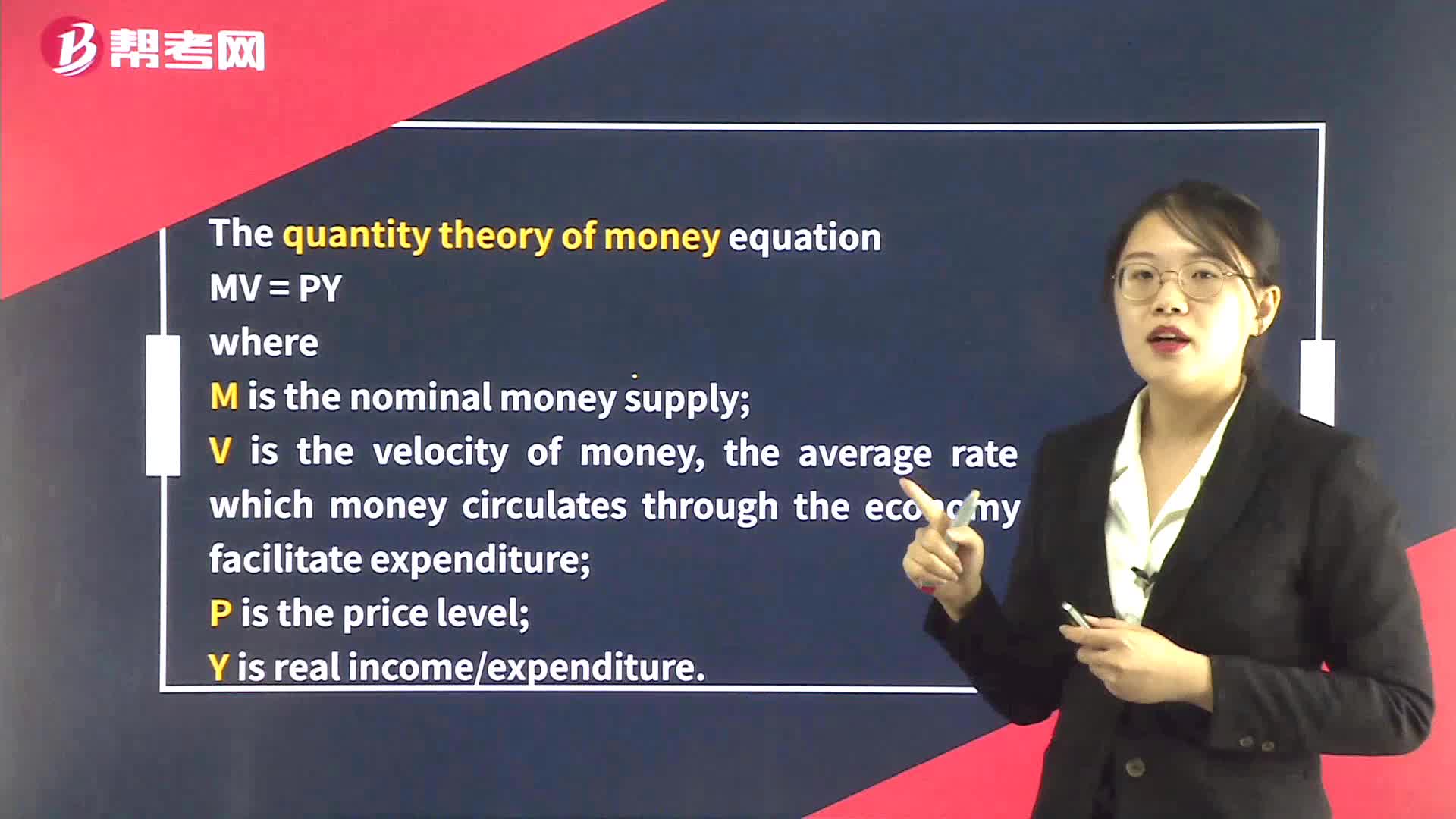
The LM Curve

The IS Curve
 05:54
05:54
The Aggregate Demand Curve:changes in private saving S.;money demand is insensitive to Y.
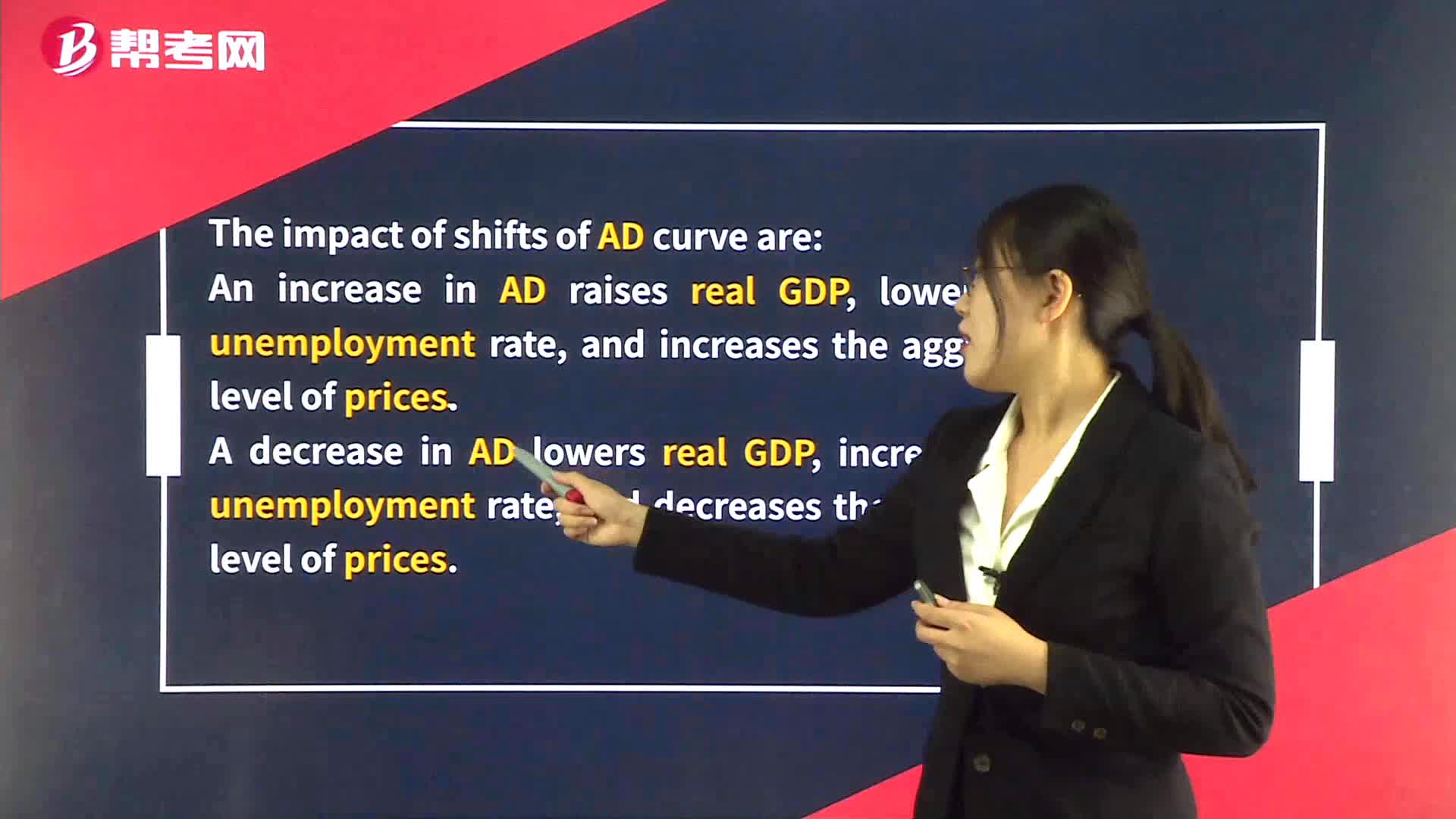 04:14
04:14
Shifts in the AD and AS curves and Equilibriums:A decrease in AD lowers real GDP:contractions are associated with rising inflation and interest rates.
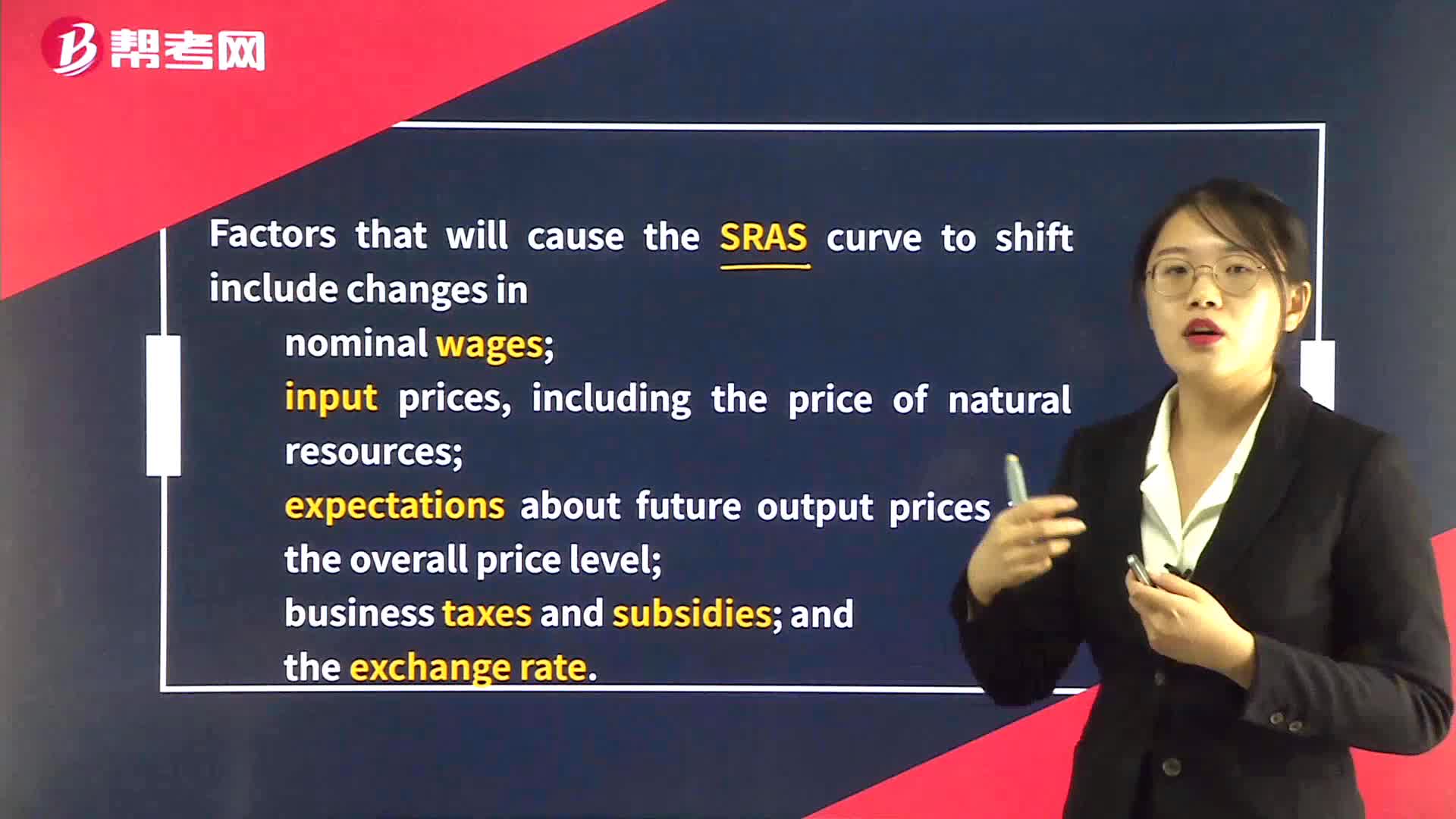 06:55
06:55
Shifts in Aggregate Supply:In addition;shiftincludingcapitalresourcescapitalproductivity and technology.
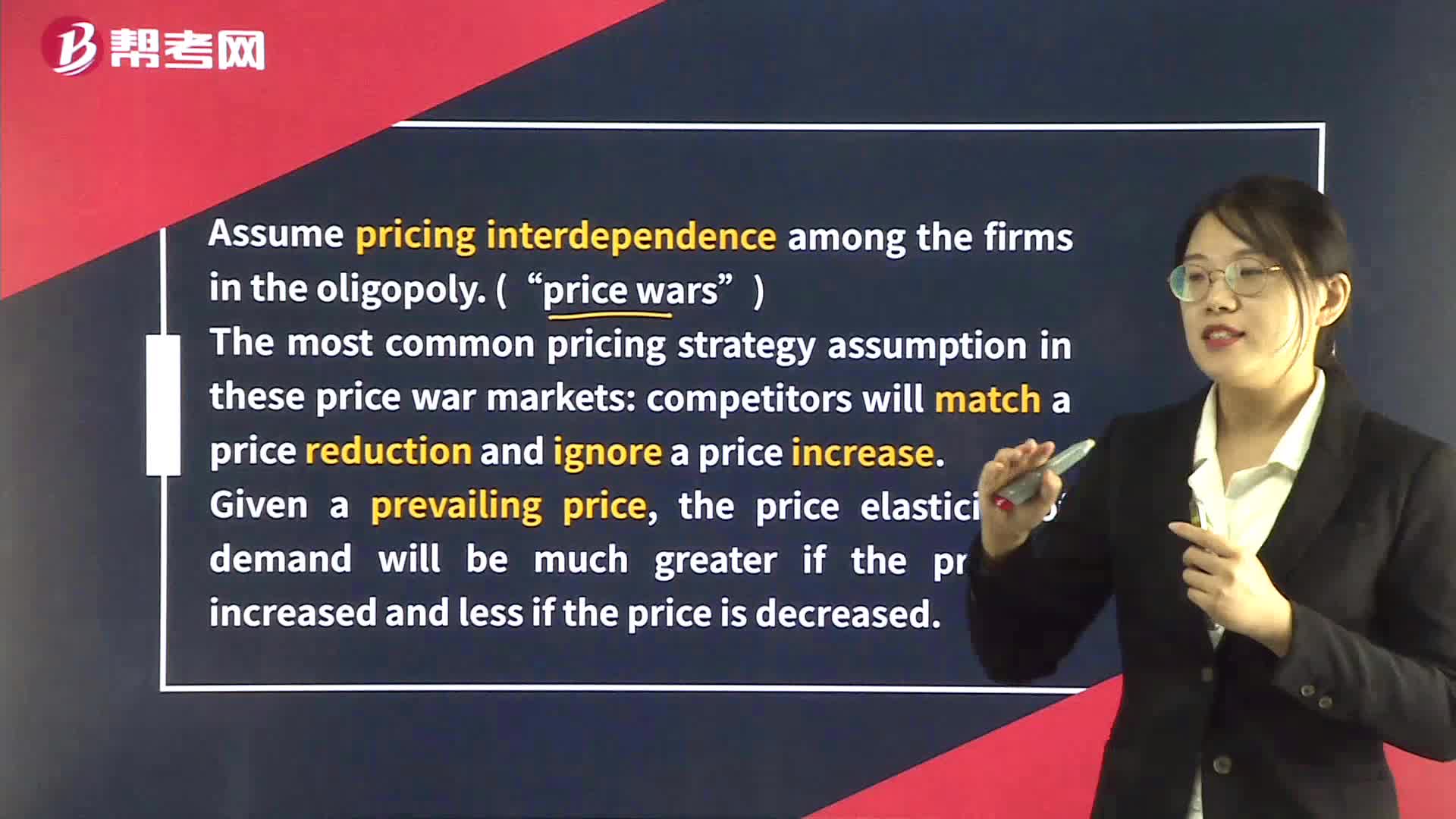 04:02
04:02
Kinked Demand Curve in Oligopoly Market:priceincomplete pricing analysis.
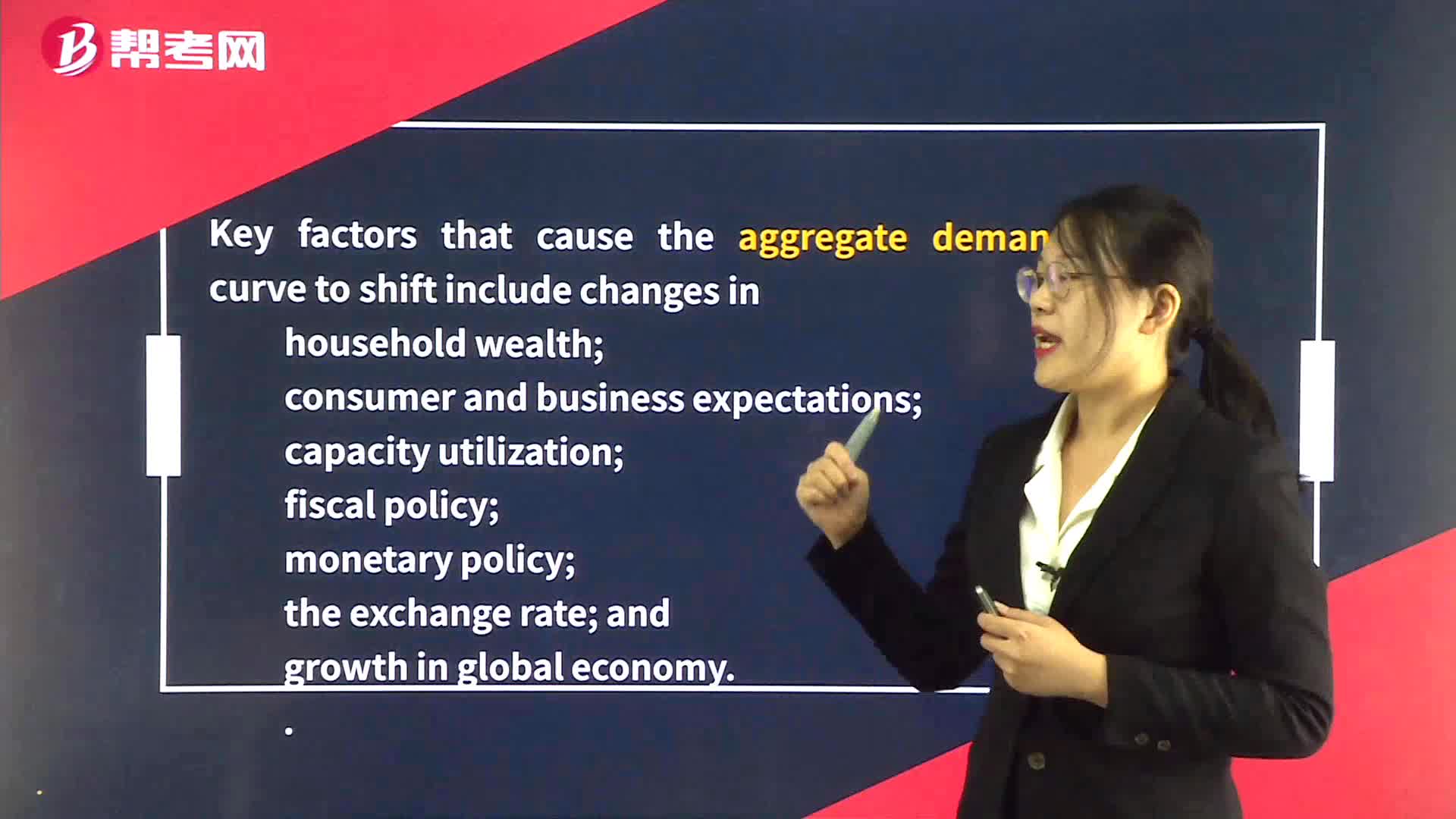 05:15
05:15
Shifts in Aggregate Demand:fiscal policy;growth in global economy.
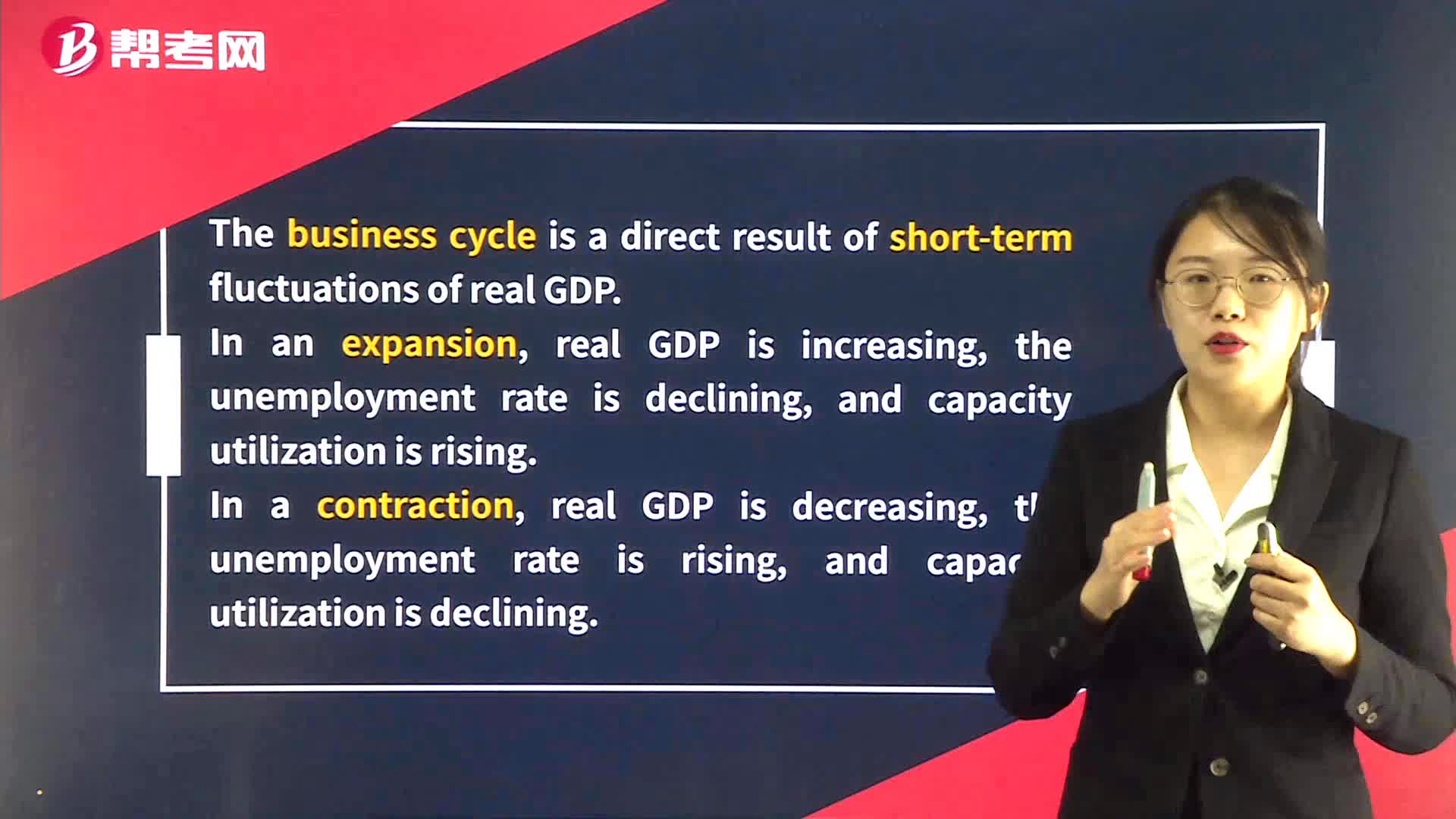 01:13
01:13
Shifts in Aggregate Demand and Supply:economy associated with the business cycle.
 02:18
02:18
The Demand for Money:time.balances will tend to be inversely related to the expected return on other financial assets and directly related to the perceived risk of other financial assets.
 06:46
06:46
Demand Analysis in Perfect Competition:Demand Analysis:market-pricing power.demandCross-pricethe two products arecompliments.
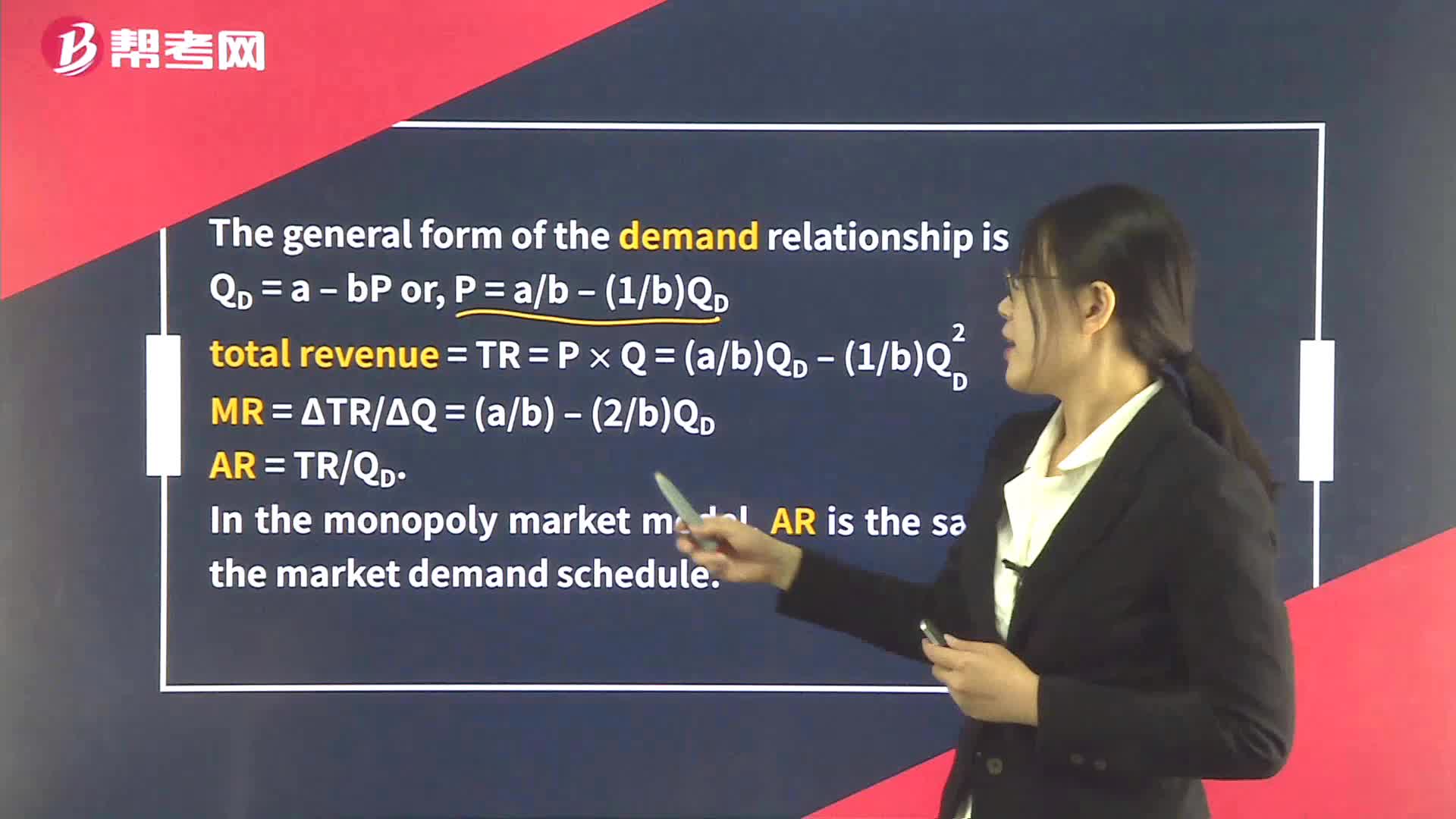 02:02
02:02
Demand Analysis in Monopoly:ARis the same as the market demand schedule.
 02:06
02:06
Fiscal Policy and Aggregate Demand:A primary aim for fiscal policy is to help:demand.Newoutputeconomy.adjustment of aggregate demand.
 01:30
01:30
Aggregate Demand:government,FirstSecondwillingly held by households and businesses.
 04:25
04:25
What are the responsibilities of the members in reference to the CFA Institute?:Once accepted as a member:每年交述职报告和年费but must not over promise the competency and future investment results.Case

帮考网校
2022年06月22日
帮考网校
2022年06月22日
帮考网校
2022年06月22日
帮考网校
2022年06月22日
帮考网校
2022年06月22日
帮考网校
2022年06月22日
帮考网校
2022年06月22日
帮考网校
2022年06月22日
帮考网校
2022年06月22日
帮考网校
2022年06月22日